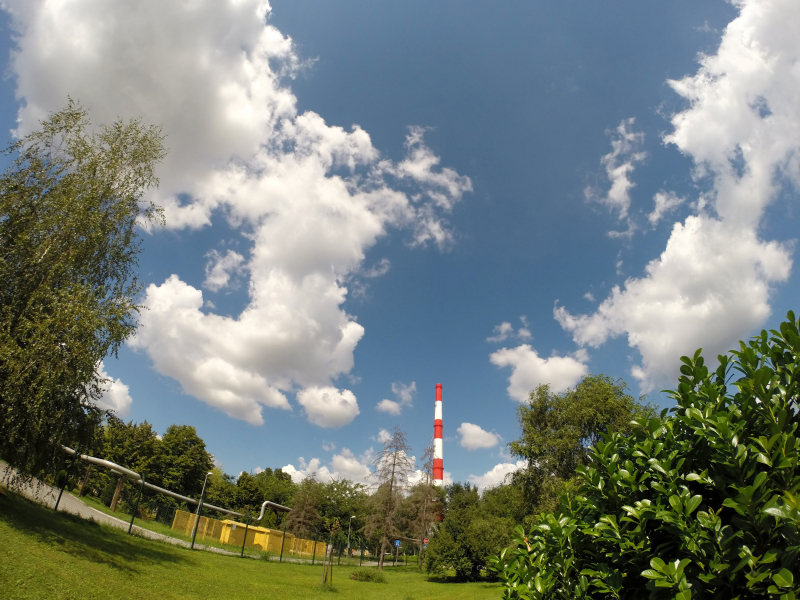A one-two punch from the federal government will decimate a major American industry, according to a recent report from the U.S. Chamber of Commerce. Or will it? Today we will look at new Environmental Protection Agency (EPA) requirements for controlling air pollution at brick and ceramic manufacturing plants. Tomorrow we will review the impact that OSHA’s silica dust rule will have on EHS management tasks at such facilities.
 |
Late last year, the EPA published two sets of National Emissions Standards for Hazardous Air Pollutants (NESHAP) set technology-based—or maximum achievable control technology (MACT)— to control emissions from brick and structural clay products (BSCP) manufacturing and clay ceramic manufacturing. They are collectively referred to as the “Brick MACT.”
The Brick MACT sets limits on mercury, nonmercury metals, and dioxins/furans (for clay ceramics only). The rules include work practice standards in lieu of emissions limits for certain kilns and during periods of start-up and shutdown. Also, the Agency is exercising its Clean Air Act (CAA) authority to set health-based standards for acid gases from the affected facilities.
Note. A Brick MACT issued by the EPA in 2003 was vacated by the U.S. Court of Appeals for the D.C. Circuit in 2007. By that time, many affected facilities had taken measures or purchased new equipment to meet the limits and other requirements that were later thrown out by the court.
House steps up heat on Brick MACT
Existing sources must be in compliance with the Brick MACT no later than December 26, 2018. Sources that started up after December 28, 2014, must be in compliance by December 28, 2015; if start-up occurs after December 28, 2015, compliance is required immediately upon start-up.
A bill, H.R. 4457 (Blocking Regulatory Interference from Closing Kilns [BRICK] Act of 2016), recently passed by the House of Representatives, would block the EPA from requiring compliance with the Brick MACT until judicial reviews of the rules are complete.
Cost controversy
The EPA estimates the total annualized costs (in 2011$) for the final rule for the BSCP NESHAP for emissions control, testing and monitoring will be approximately $24.6 million. The Agency suggests that industries can pass on $15.1 million (in 2011$) of the rule’s costs to customers in the form of higher prices. (Anyone doing business knows the possible consequences of passing on costs to customers!)
The Agency also estimates the total monetized benefits to be $75 million to $170 million.
According to the U.S. Chamber of Commerce report, Regulatory Indifference Hurts Vulnerable Communities, the Brick Industry Association (BIA) puts the annual cost for the final BSCP NESHAP at $100 million or more.
At a recent House hearing on the Brick MACT and the BRICK Act, one owner of a small brick manufacturing company said that he was able to avoid compliance with the 2003 rule by reducing production and escaping the major source designation. However, using the recent experience of a second small brick company, he explained what the challenge would be for companies of this size to comply with the 2015 rule. He noted that second company was one of the few in the sector to have steady profits since 2007. However, even with very good financial credentials, the company still waited 2 years before it was able to obtain financing to upgrade the performance of one of its kilns so that energy costs would be reduced by $500,000 per year.
The witness believes that to remain a synthetic minor source (and not be subject to the Brick MACT), his company will need to install systems costing $2.7 million to control 3 to 5 pounds (lb) of mercury and 100 to 200 lb of metals each year.
At the hearing, a BIA official expressed concern that the 2015 Brick MACT could become the moving target that the last Brick MACT did and that such regulatory uncertainty could cripple the ability of some companies to remain in business.
According to the EPA, the annual cost for facilities to comply with the clay ceramic NESHAP is expected to be $92,400. The Agency says that these costs are for testing and monitoring to demonstrate compliance, as all affected clay ceramic manufacturing facilities currently meet the emissions limits of the new NESHAP.
Tune in tomorrow for a discussion of the effect on the brick industry of OSHA’s silica dust rule.
